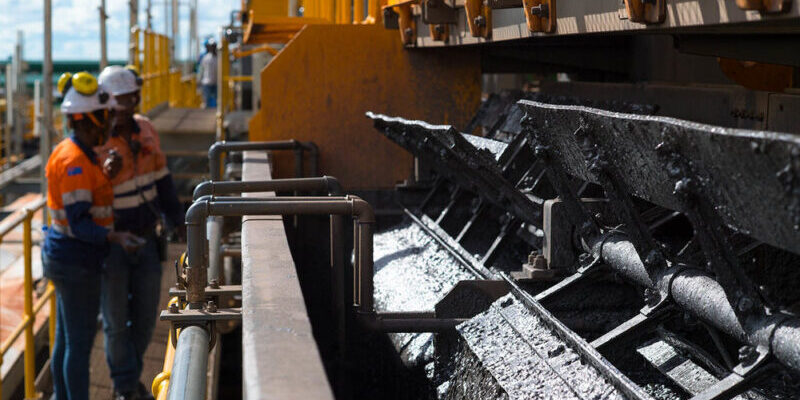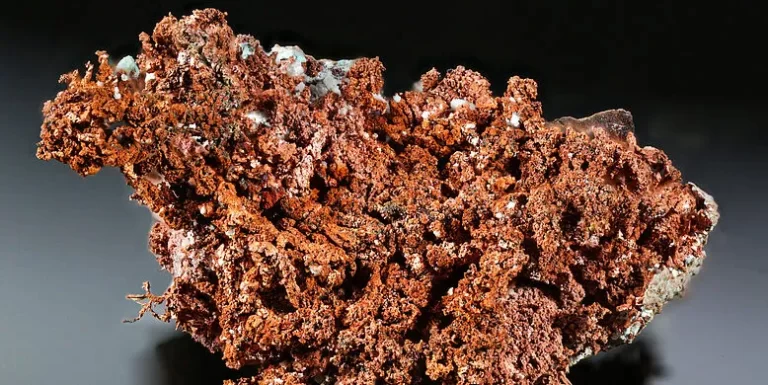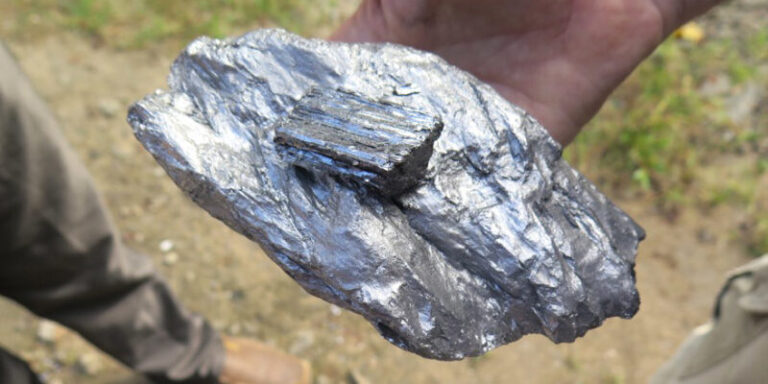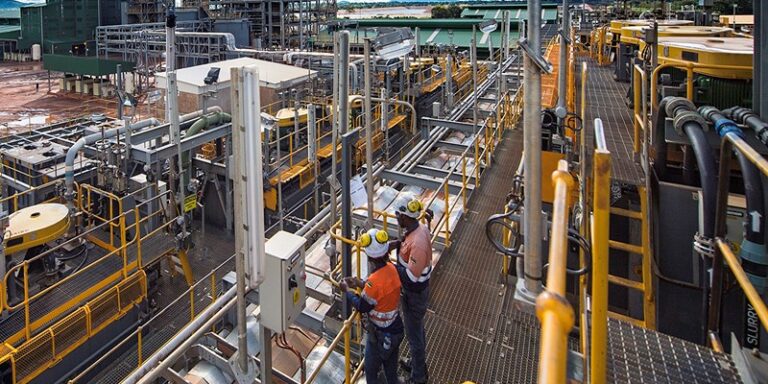
Triton Minerals (ASX: TON) has agreed to sell 70% of its graphite assets in Mozambique to a subsidiary of China’s Shandong Yulong Gold for a cash consideration of $17 million.
The transaction includes all of Triton’s interests in the flagship Ancuabe project, as well as the Nicanda Hill, Nicanda West, and Cobra Plains leases.
The funds from this divestment will enable Triton to pursue value-accretive acquisitions aimed at diversifying its portfolio.
Triton will retain a 30% joint venture (JV) interest in these assets, allowing the company to co-develop and operate the projects while maintaining its exposure to the graphite market.
Executive Director Andrew Frazer described the divestment as the “fastest and most logical” route to production for Ancuabe.
“We believe this transaction is the best way to generate value for our shareholders in a timely manner, given Shandong Yulong’s size, balance sheet, and desire to develop and operate these graphite assets,” said Frazer.
“We look forward to working with Shandong in executing the transaction and going forward as a JV partner.”
Under the divestment terms, Shandong Yulong—together with its associates, holding nearly 36% voting power in Triton—will pay the $17 million in three instalments.
The first instalment of $2.55 million is due within 15 days of the agreement, followed by $5.95 million once pre-set conditions, including the establishment of the Mozambique JV, are met. The final instalment of $8.5 million will be paid in February 2025.
A 2017 definitive feasibility study (DFS) for the Ancuabe project confirmed it as a high-quality, long-life, high-margin graphite asset for Triton.
The study outlined a maiden ore reserve of 24.9 million tonnes grading 6.2% total graphitic carbon (TGC), supporting an evaluation period of 27 years with a production capacity of 60,000 tonnes per annum (tpa) of graphite concentrate.
The total indicated and inferred mineral resource at Ancuabe’s T12 and T16 deposits has been estimated at 46.1 million tonnes grading an average 6.6% TGC, containing 3.04 million tonnes of graphite.





